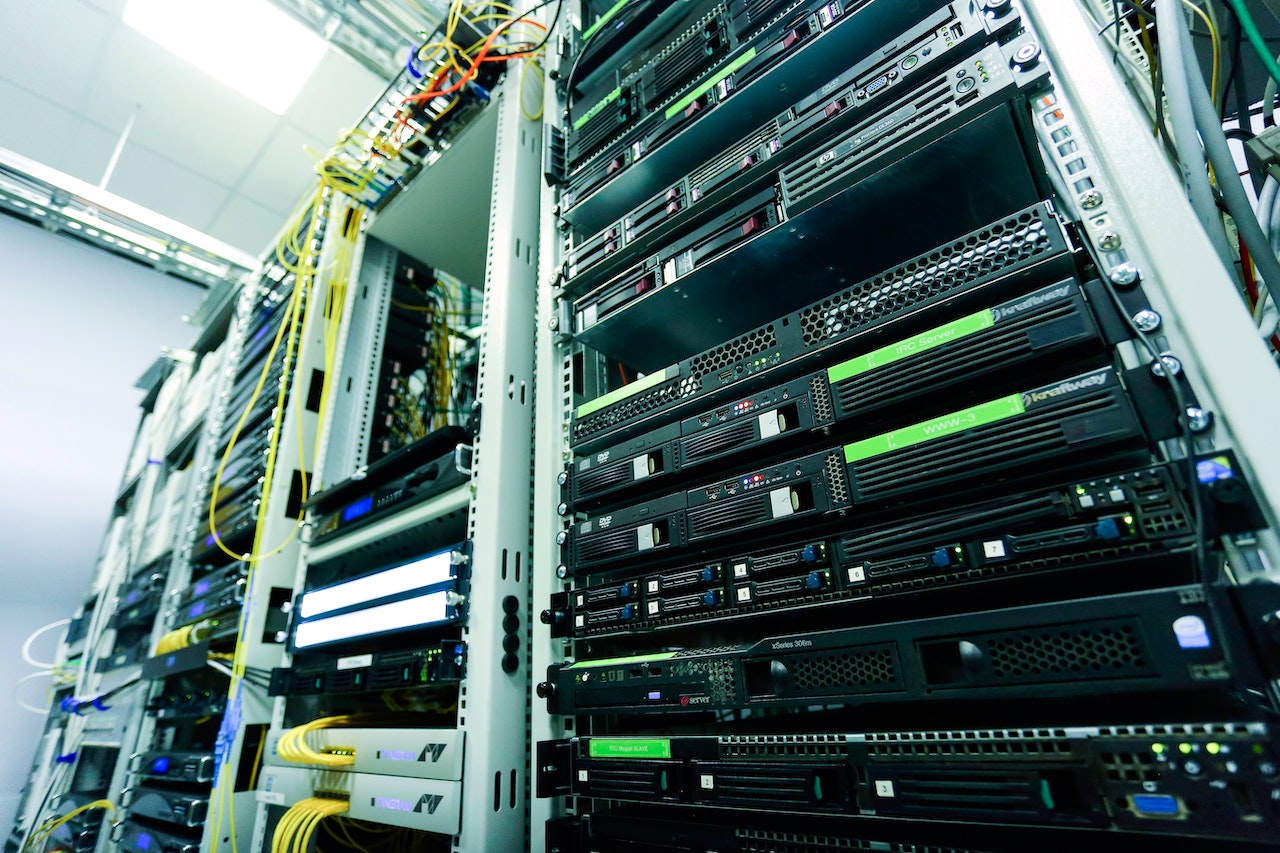Digital Transformations, Environmental Degradation

- Author: Kernel Magazine
- Full Title: Digital Transformations, Environmental Degradation
- Category: articles
- Document Tags: #planet
- URL: https://www.kernelmag.io/2/digital-transformation-degradation
Highlights
- That same period marked the rise of “dematerialization,” or the ability to produce more with less physical input. Computing and the digitalization of various parts of the economy made the effect seem larger than it actually was. (View Highlight)
- In 1865, economist William Stanley Jevons observed a phenomenon that would plague the 20th and 21st centuries. Shortly after the invention of the steam engine, a machine intended to make coal more efficient, coal consumption counterintuitively increased. Rather than doing the same with less, industry learned to do more with more. (View Highlight)
- The Digital Revolution suffered a similar fate. Despite optimism in digital technologies to reduce emissions and make the world more efficient, greenhouse gasses and material consumption continued to rise. Techno-utopians made two oversights when envisioning a material-free (or at least, material-minimal) future. (View Highlight)
- Echoing the same observation made by Jevons in the 1860s, increased efficiency did not lead to a decrease in net consumption — it only made more consumption possible by more people. (View Highlight)
- The second critical oversight was forgetting the many sources of emissions of digital technologies, which includes manufacturing and disposal. Computer manufacturing takes place all over the world. Oils for plastics are piped from the Middle East, lithium for batteries are mined in Chile, raw materials then are shipped to China to be processed and assembled, and the final product is flown back to the U.S. to be sold and placed in the hands of consumers. (View Highlight)
- manufacturing, on average, accounts for 50 percent of the emissions generated for a personal computing device (View Highlight)
- Digital services can only significantly lower the emissions for a given activity if they replace the physical activity entirely. This means a world where Zoom calls replace most flights, and not a world where there are Zoom calls and flights. (View Highlight)
- Big tech companies facilitate a vast amount of economic and social activity, yet surprisingly, their emissions remain relatively minor. (View Highlight)
- One explanation lies in the extraordinary energy efficiency gains seen in data centers over the last decade. According to the International Telecommunication Union, between the years 2010 to 2018, the number of individuals connected to the internet nearly doubled. This has led to data center workloads increasing sixfold, internet traffic increasing tenfold, and data center storage capacity increasing 25-fold. Yet, analysis published in Science by Masanet et al. showed that the electricity usage of data centers increased by only 6 percent. (View Highlight)
- Computation can help preserve the Earth and reduce resource consumption. For example, satellite imagery combined with computer vision has helped identify illegal fishing operations harming ecosystems. Machine learning models can increase the efficiency of heating and cooling data centers. The key here is to align technology with missions and goals that seek conservation and sustainability, instead of narrow-minded growth. (View Highlight)
